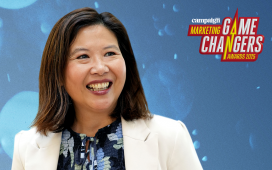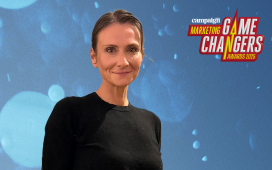Nermeen Salama, Communications Director – Beauty & Wellness, HAVAS Red Middle East
Influencer marketing isn’t a niche tactic that brands are ‘trying out’ anymore. Over 80 per cent of brands surveyed admitted to running nearly 20 influencer-led activations, with a third of them attesting to the impact of these campaigns on audiences.
With the maturity of the communications industry, influencer marketing too has evolved significantly.
Brands now employ a more strategic approach, focusing on long-term partnerships with tiered influencers who align with their values, ensuring authenticity and credibility.
To continue reading this article you need to be registered with Campaign. Registration is free and only takes a minute. Register Now or sign in below if you already have an account.









